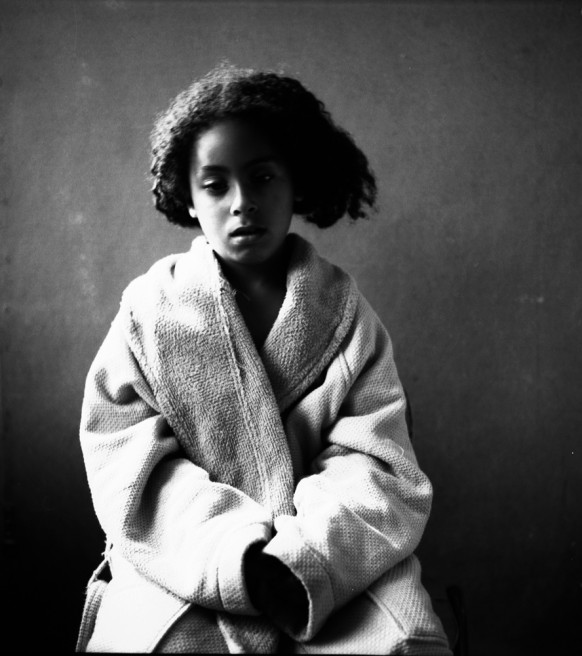When embarking on my research I hoped to find images of black people that displayed a superficially impartial aesthetic, like those of Julia Margaret Cameron, and Fred Holland Day in the 19th century, but by black photographers. However, such images showing positive representations of black subjects were not evident in the British national archives.
I was astonished by this lack of visibility and could hardly believe that in Britain, unlike in the USA, representations of black people by black photographers, from the time of the invention of Photography onwards, did not exist.
My search for images relating to the construction of black identity, by non-black photographers, led me to the discovery that historic representations of the “other” do not record and reveal the authentic, but instead, are burdened by political circumstances and colonial conditioning. The images I encountered, like Louis Agassiz’s slave portraits presented uniformly negative (to our contemporary eyes) stereotypes that seem to have produced harmful constructions of black identity.
The title of my work ‘Study of Kin’, balances early photographic representation of the colonial “other” with the scientific, documentary nature of classification. It is based on the visual landscape that has been mapped and codified by other photographers, anthropologists, criminologists, biological racialists and eugenicists, who added to the competing discourses on race during the 19th and 20th centuries. The title refers to the study of man to which anthropological and ethnographical ways of seeing difference/other have often been associated, in this case, my family are the ones being looked at, hence the use of the term ‘Kin’.
Throughout the colonial and post-colonial period, photography was used as a powerful instrument for measurement and surveillance. Nudity was used as a visual marker of primitive and underdeveloped races – seen as akin to animals. This primitiveness was one the markers used against black-skinned peoples to prove their ‘inferiority”. This allowed the gaze of the white viewer to survey the bodies of the “other” not as individual people but as objects to examine, to use, and to own.
I have visualized the sitters, in particular in the portrait work, as carriers of that past. The bare back, a powerful symbol of the whipping of slaves, suggests the view of the black person as “something” to be controlled and managed. The semi-nude double portrait could reflect the attitude of the anthropologist’s need to look and document. The image in which the face is partially hidden employs the artistic yet emphatic view of the other. While at the same time it has a hidden political agenda, like in the images of Prince Alamayou by Julia Margaret Cameron. The showing of the shoulder hints at the colonial mode of power in which control of the body is central, denoting ownership.
I have chosen to use the formal, scientific, colonial style of image making, to emphasie the relationship of historical image representation to our contemporary lives. This involves use of the ‘studio type’ backdrop which (historically) transforms those photographed into specimens by dehumanizing them from subject to object. I have chosen to add an aesthetic intimacy and/or romanticism that shows not only familial connections but also a displacement of the ethnographic patronizing frame.



















